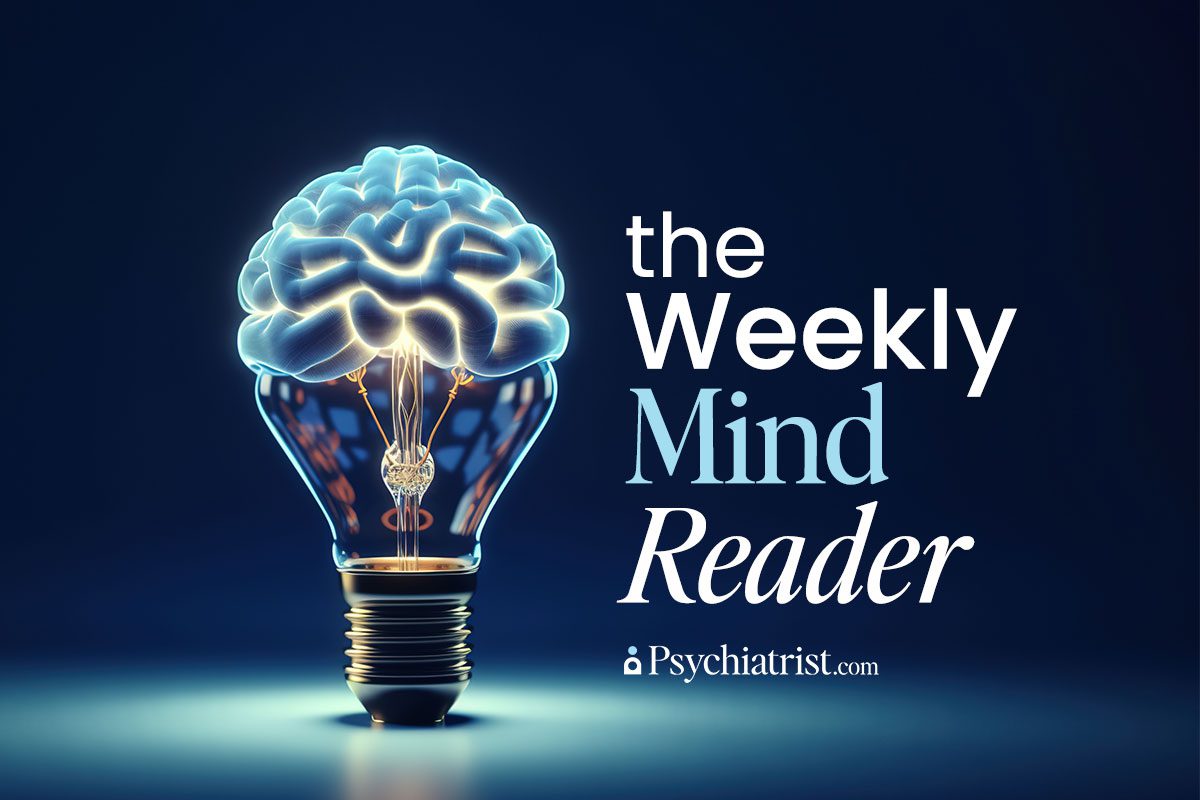Recent research clears up some confusion about what community disasters can do to our mental health, with a particular focus on post-traumatic stress disorder (PTSD).

This review underscores the multiple ways that disasters – natural or otherwise – can influence communities and even offers some methods to mitigate the ripple effects of these events.
Types of Disaster Victims
The study’s particularly relevant at a time when:
- Climate change has fueled more frequent – and intense – natural disasters, from wildfires to hurricanes to flooding. According to Climate.gov, 28 weather and climate disasters struck the United States in 2023, surging past the previous mark of 22 in 2020.
- School shootings persist as a tragic fact of modern life. And 2023 was another record year. The K-12 School Shooting Database reported 349 incidents, although fatalities dipped slightly.
- Workplace violence is another growing risk many of us face – especially in the healthcare sector. A National Nurses United survey found that more than 80 percent of nurses “had experienced at least one kind of workplace violence during the past year.”
The authors of this study decided to break down the victims of community trauma into one of three groups: primary, secondary, and tertiary.
- Primary victims are those who experience the incident firsthand.
- The secondary victims include close associates of primary victims, as well as first responders and witnesses.
- Finally, tertiary victims are those who, though not near the event, suffer stress from their “psychological proximity.”
The study’s authors emphasized their focus on the secondary and tertiary victims. Those are the one,s they claim, who are often overlooked in clinical interventions for mental health problems after an event.
PTSD After a Community Disaster
While PTSD remains a frequent research topic after a disaster – especially when it comes to the primary victims – the authors concede that the prevalence of PTSD among all survivors can vary dramatically. Factors at play include the type of event, the sample sample population, and geography. Specifically, PTSD prevalence among residents can range between 3.6 percent and 37 percent.
Research also shows that PTSD prevalence is higher in the aftermath of a manmade disaster, such as a terrorist attack, than in the wake of a natural disaster.
For example, researchers found that 17 percent of the U.S. population struggled with PTSD after the Sept. 11 attacks. But, subsequent investigations revealed that PTSD symptoms tend to wane over time. Longitudinal studies reveal that in many cases, symptoms drop significantly from six months to a year, particularly for man-made disasters. By contrast, natural disasters produce a less predictable trajectory of PTSD symptoms.
Survivors Struggle With More Than PTSD
In addition to PTSD, the paper highlights other mental health issues that can crop up after a community trauma, such as depression, anxiety, addictive behaviors, and even personality disorders.
Depression, PTSD’s most frequent companion, boasts prevalence rates ranging as wildly as 13 percent to 76 percent. Individuals struggling with depression and PTSD also report more severe symptoms and a greater influence over their everyday activities.
Anxiety disorders, and generalized anxiety disorder (GAD) in particular, are also prevalent. And some studies have even shown more cases of GAD than PTSD after some disasters.
Addictive behaviors, typically increased substance use, can also emerge with greater frequency after an event. For example, in the wake of the Sept. 11 attacks, reports of binge drinking and other substance use disorders spiked among those in the affected area.
Researchers also noted an uptick in behavioral problems, especially among children and adolescents, which took the form of conduct problems and risk-taking behaviors.
Vulnerable Populations
The researchers also discovered that certain groups are at higher risk of mental health issues after a disaster than others. These can include women, children, adolescents, and anyone already dealing with psychiatric conditions.
The authors concede that children and adolescents are probably the most vulnerable because they’re still developing. As a result, they can encounter higher rates of PTSD and anxiety compared to their elders. First responders also face a high risk of PTSD, with rates ranging as high as 46 percent.
Personality traits play a role in PTSD risk. Those with neurotic personalities are more likely to experience PTSD symptoms.
Research and Intervention Recommendations
The authors urge policymakers to better support mental health interventions following community disasters. They also call for a more comprehensive approach that includes routine mental health assessments for all residents, particularly secondary and tertiary victims. And they also suggest that vulnerable populations – such as children, adolescents, and first responders – deserve special attention.
Finally, the authors stress that future research should explore the long-term mental health impacts of community disasters and the role personality plays in shaping one’s trauma response. By filling these knowledge gaps, policymakers and caregivers can better tailor mental health services to meet the needs of disaster-affected communities.
Further Reading
Ten-Year Follow-Up of Earthquake Survivors


